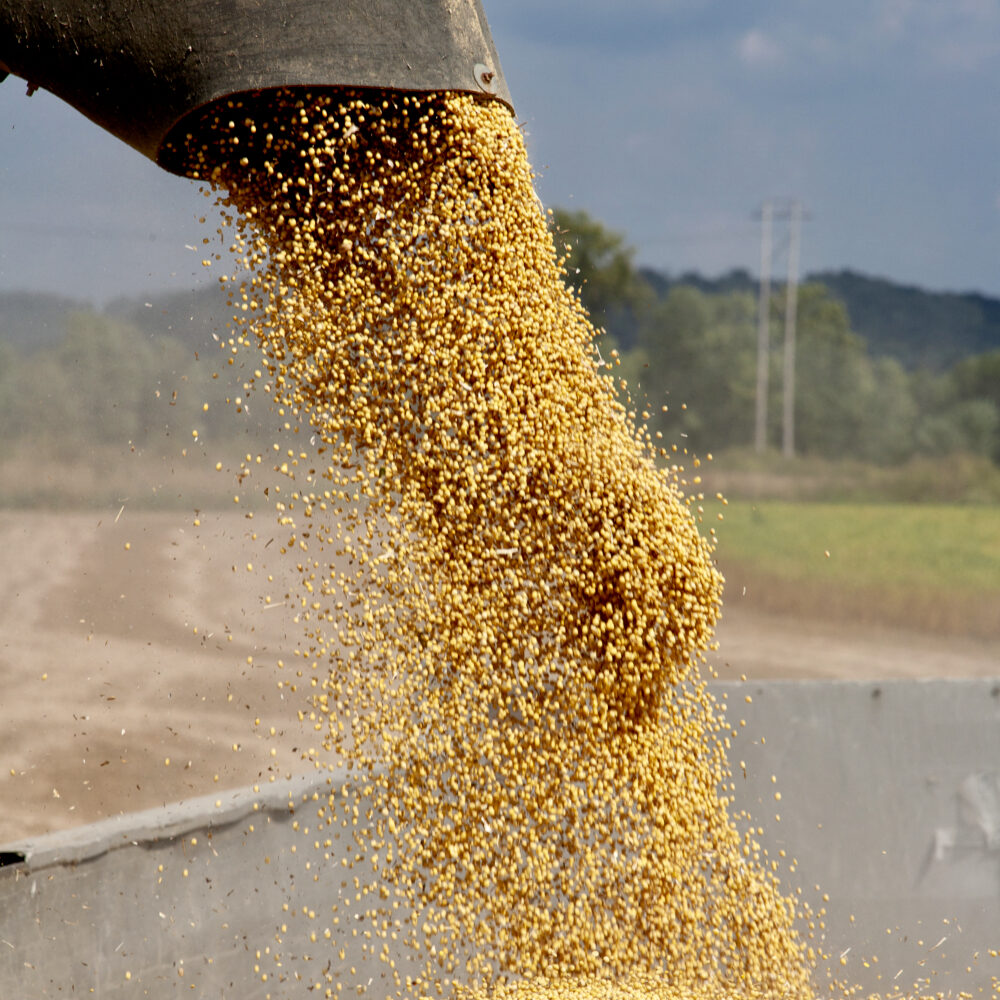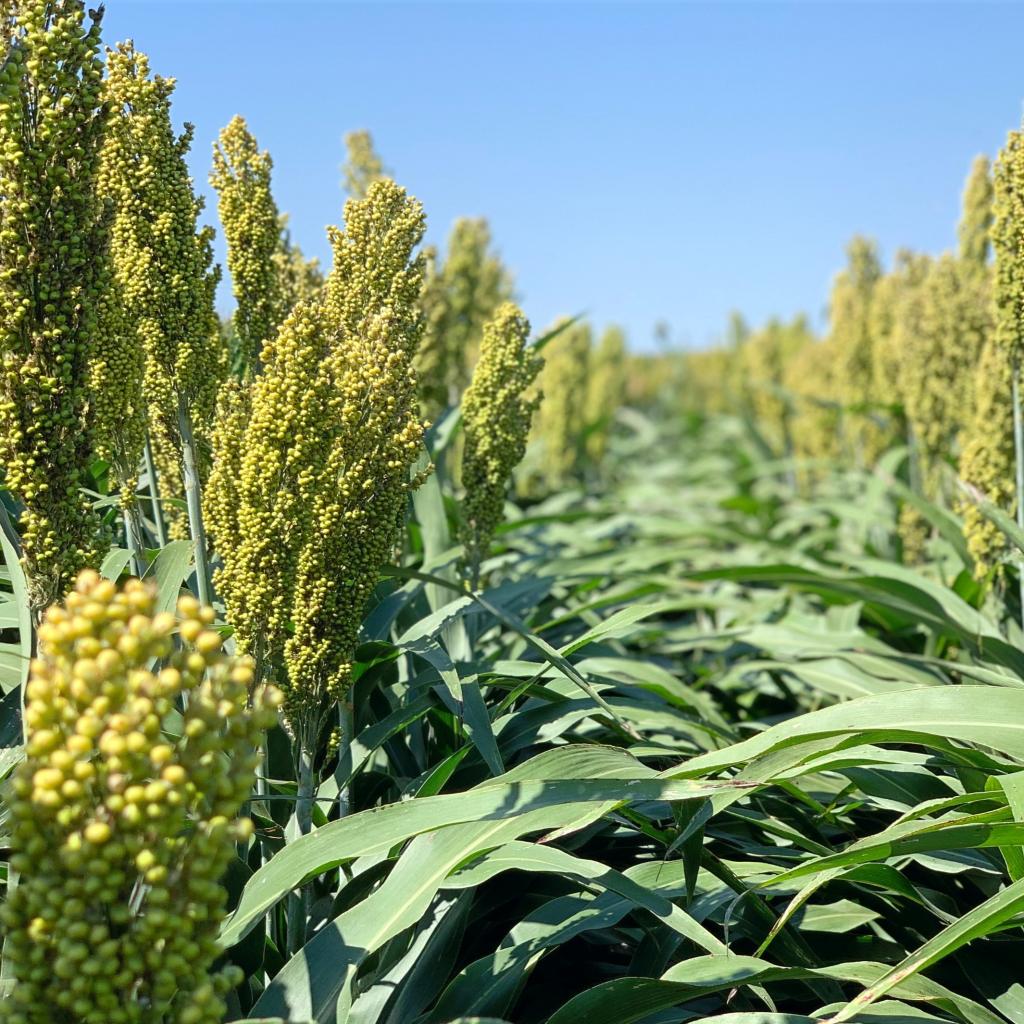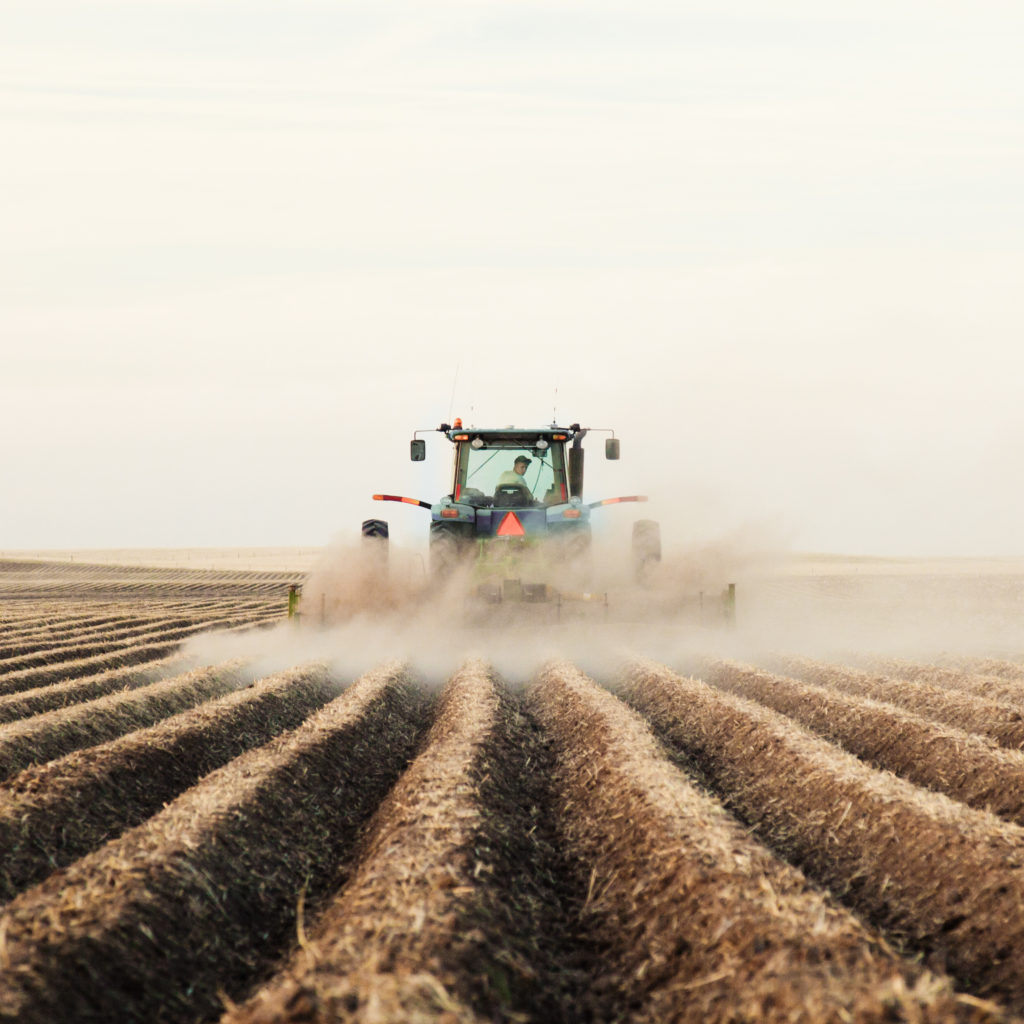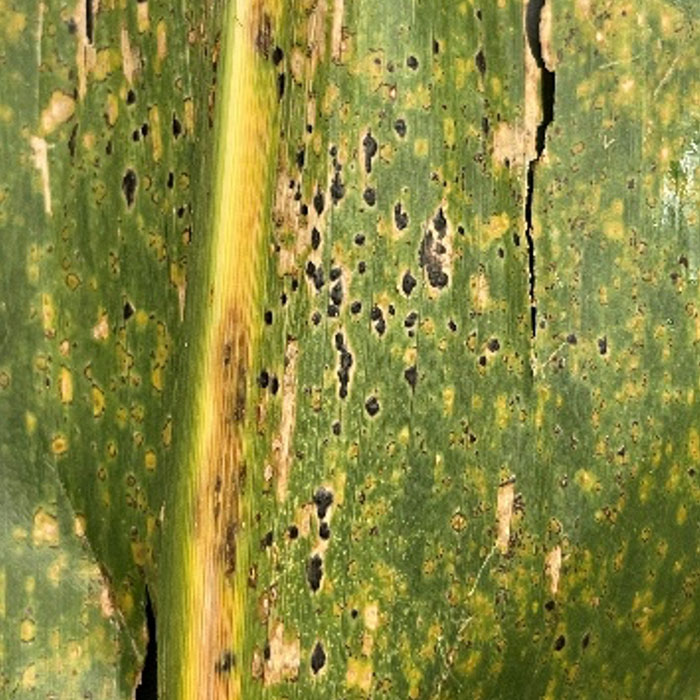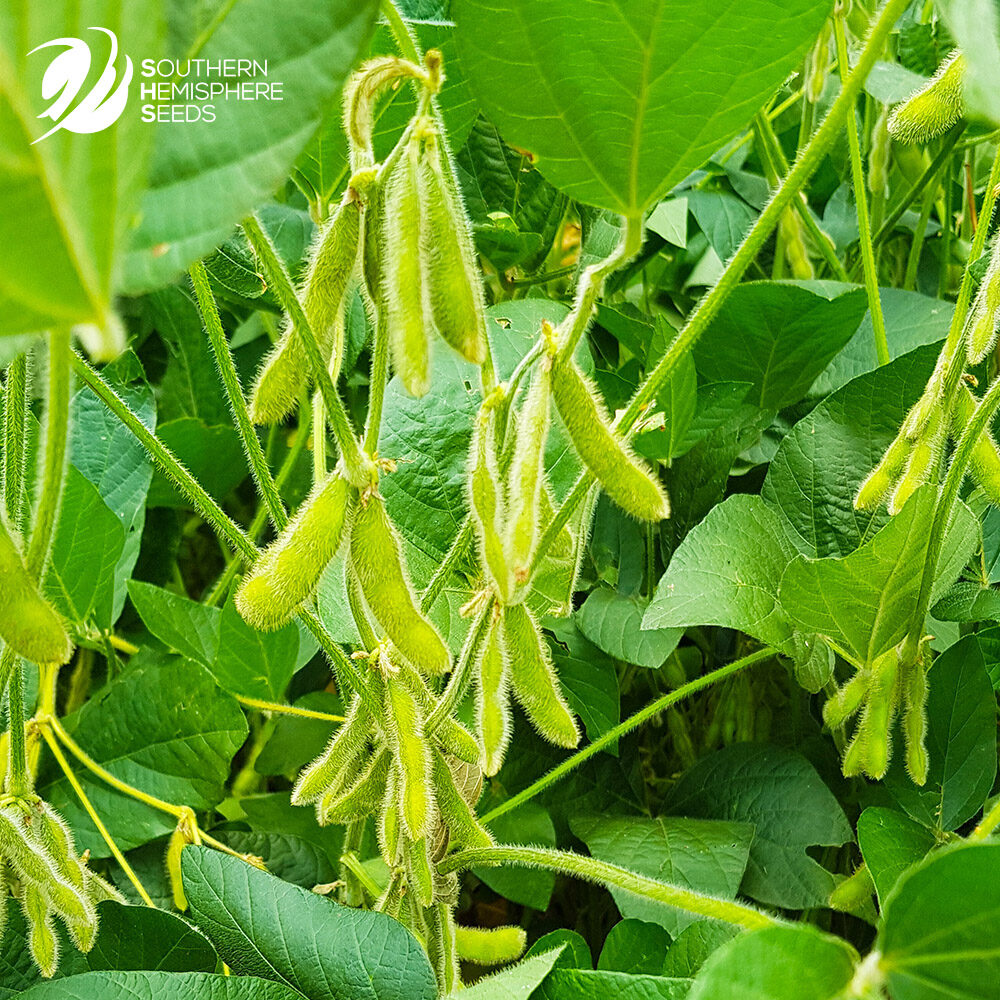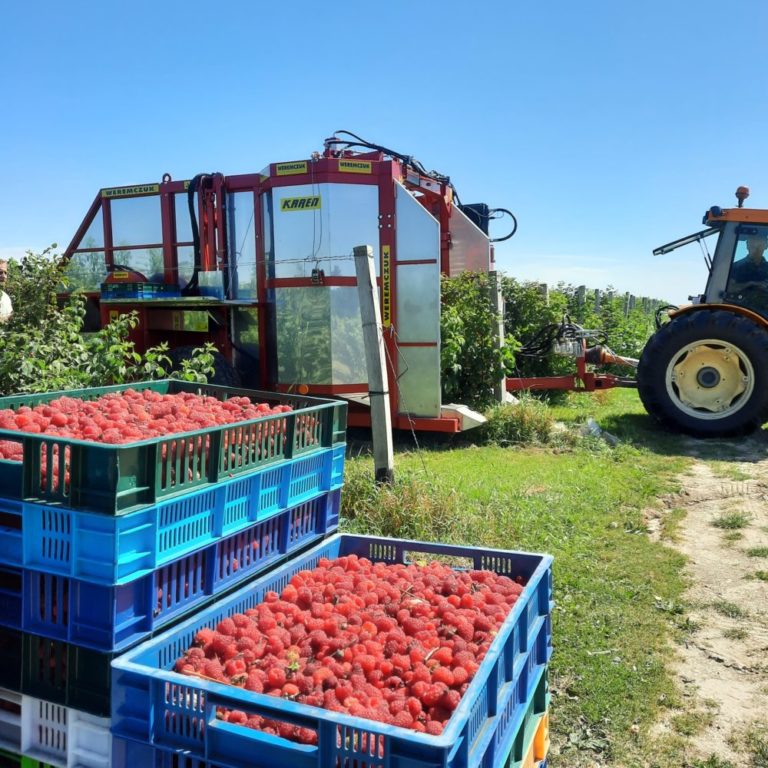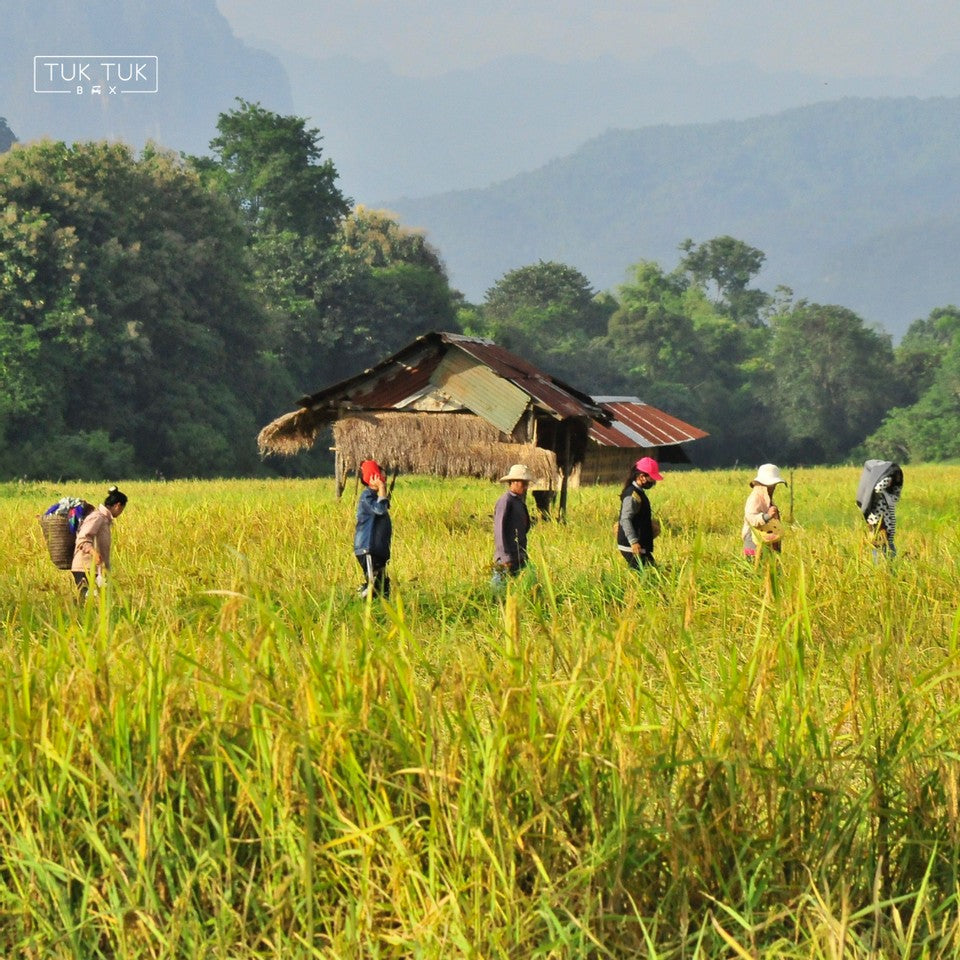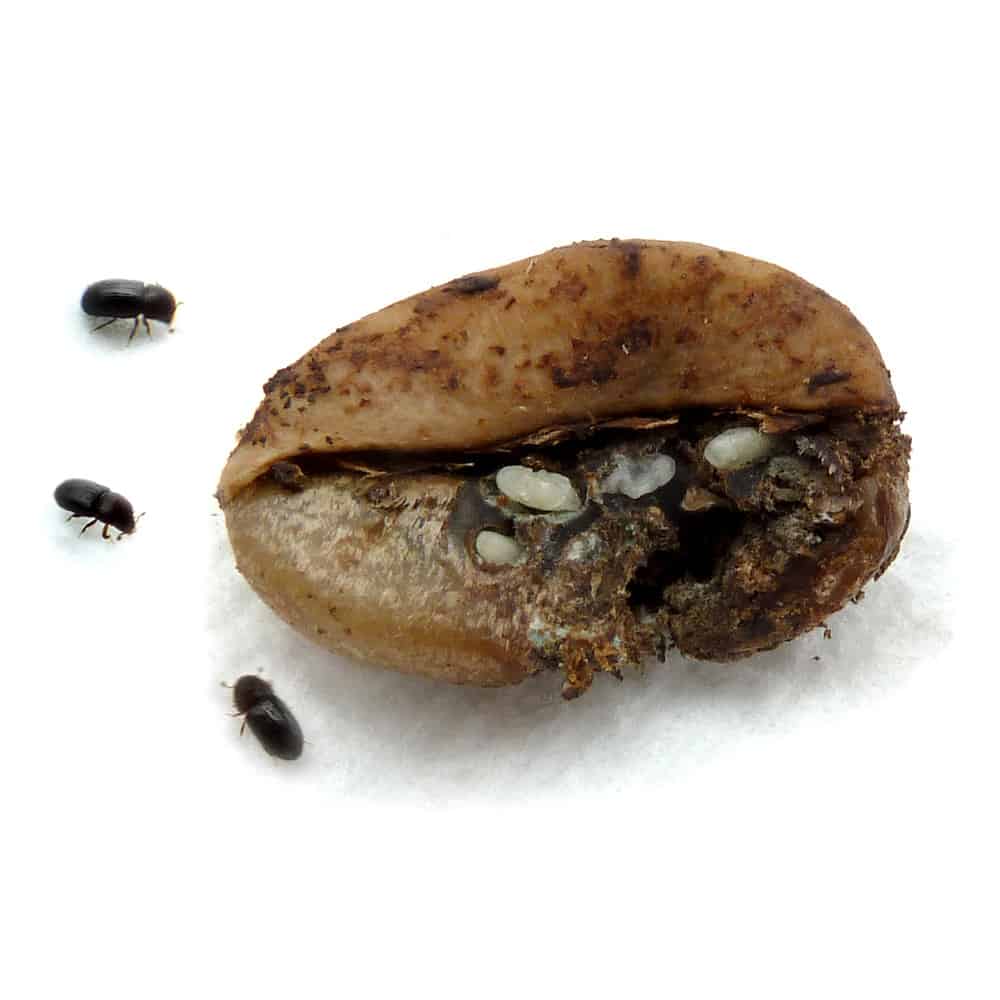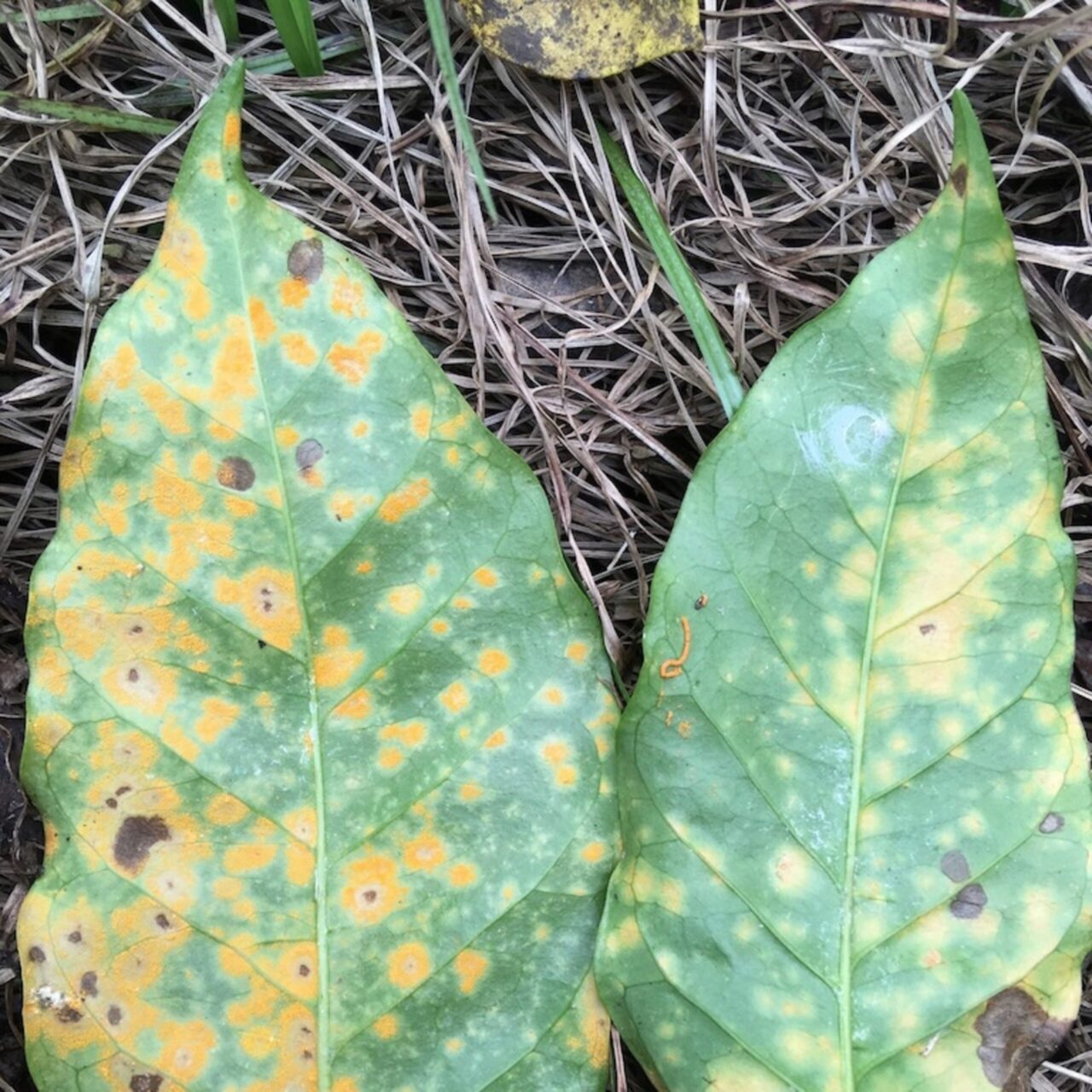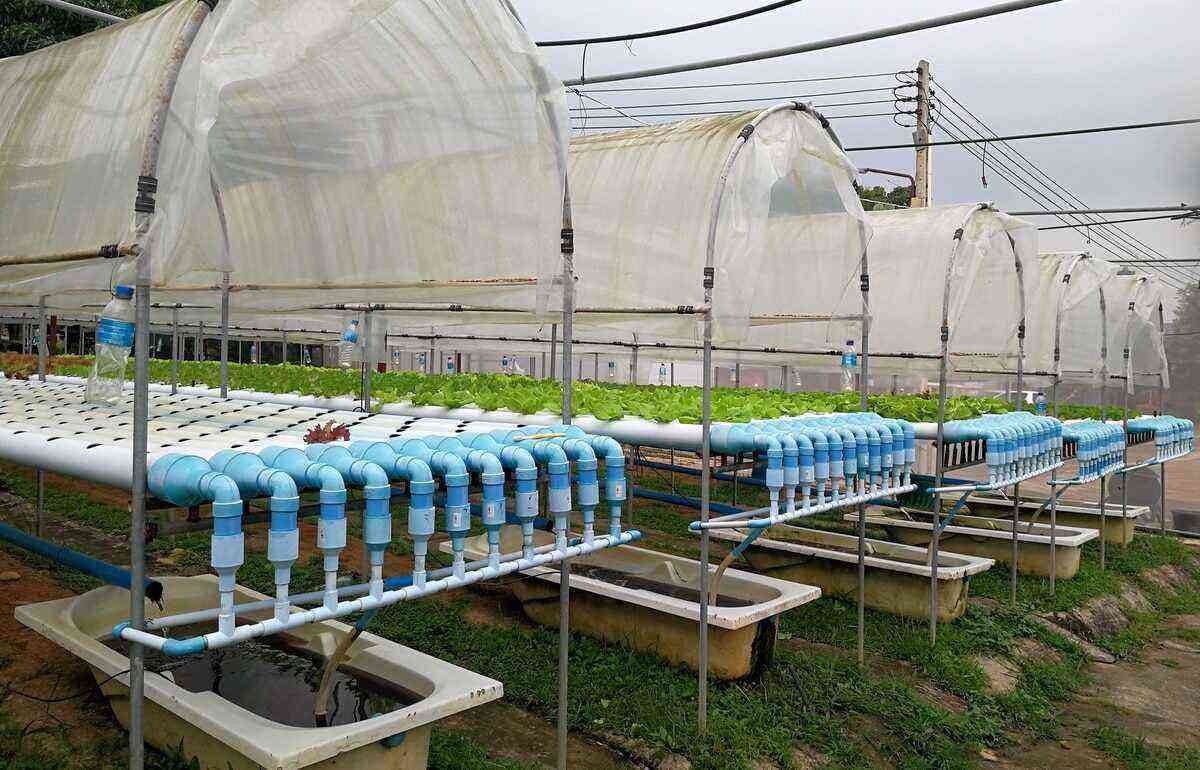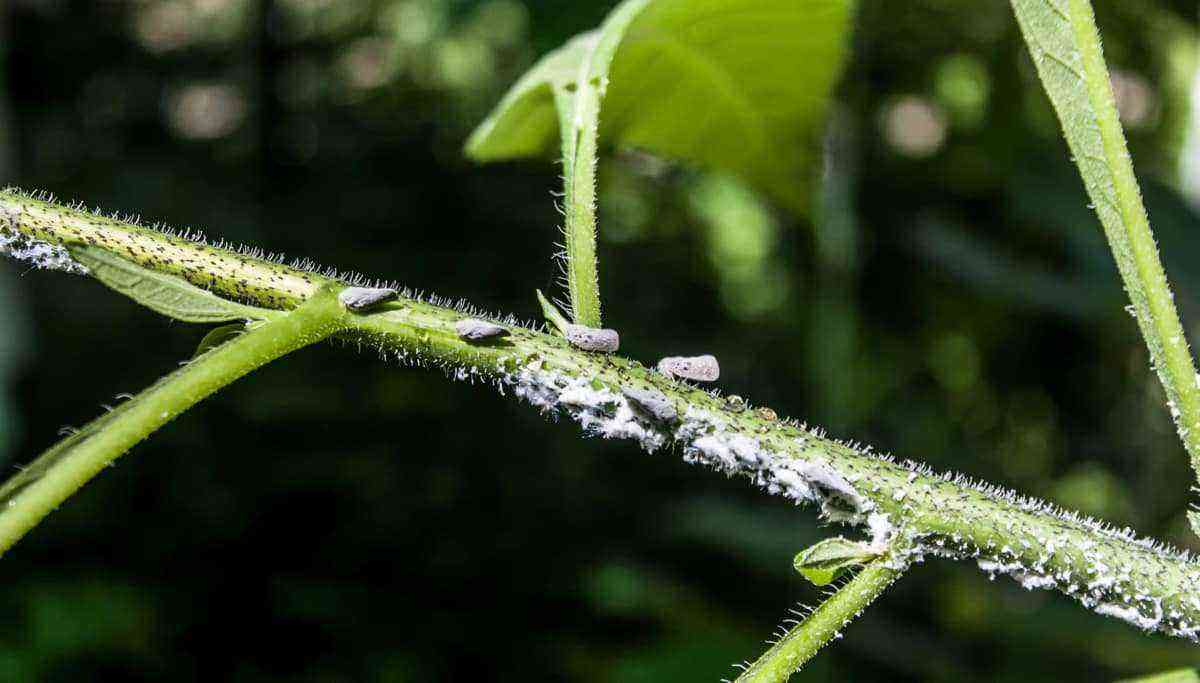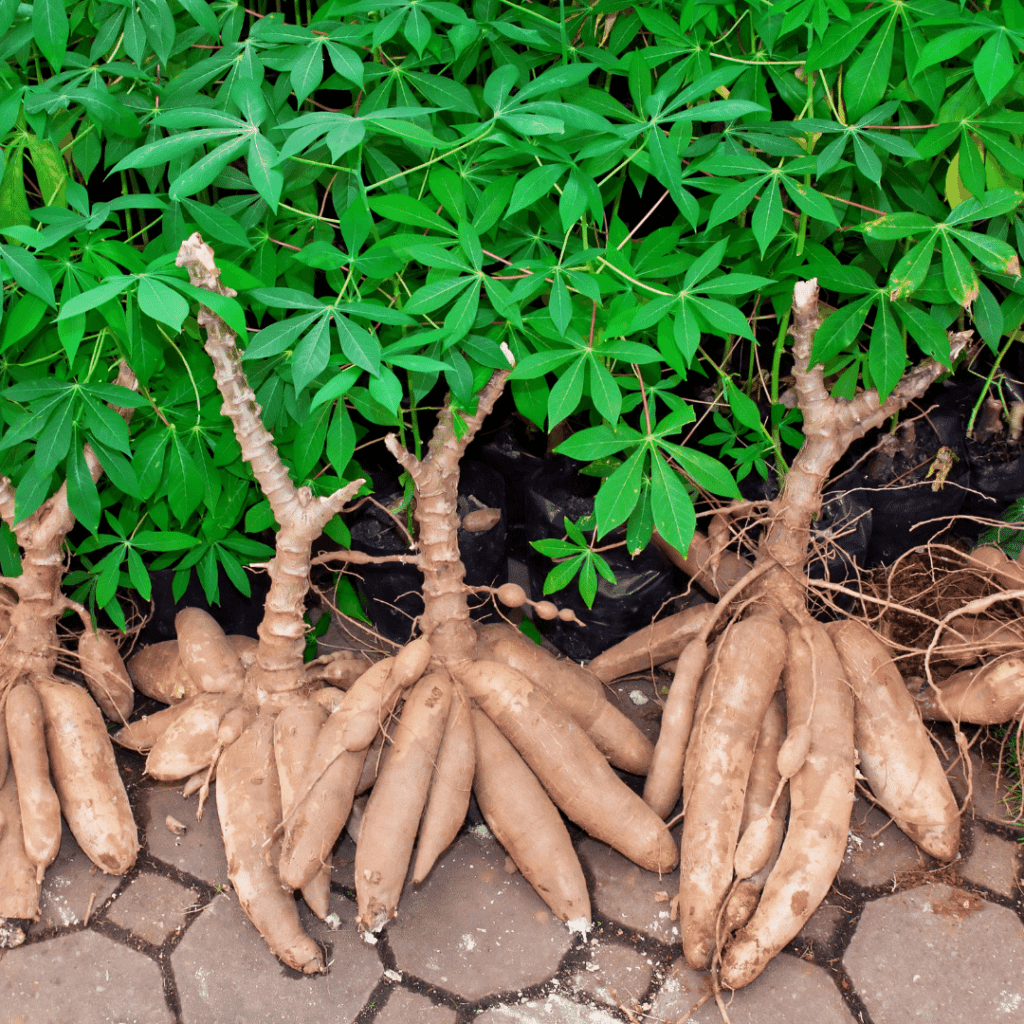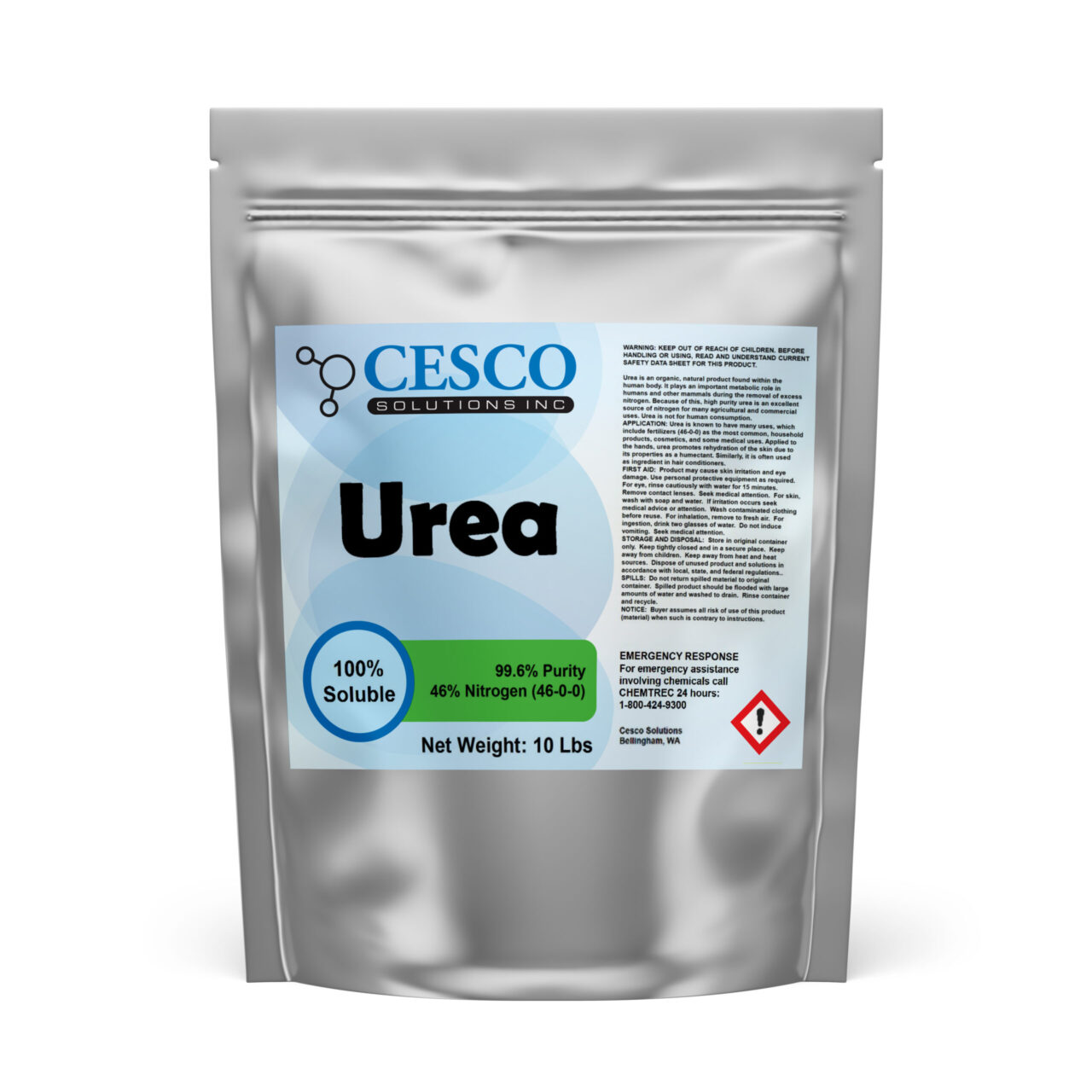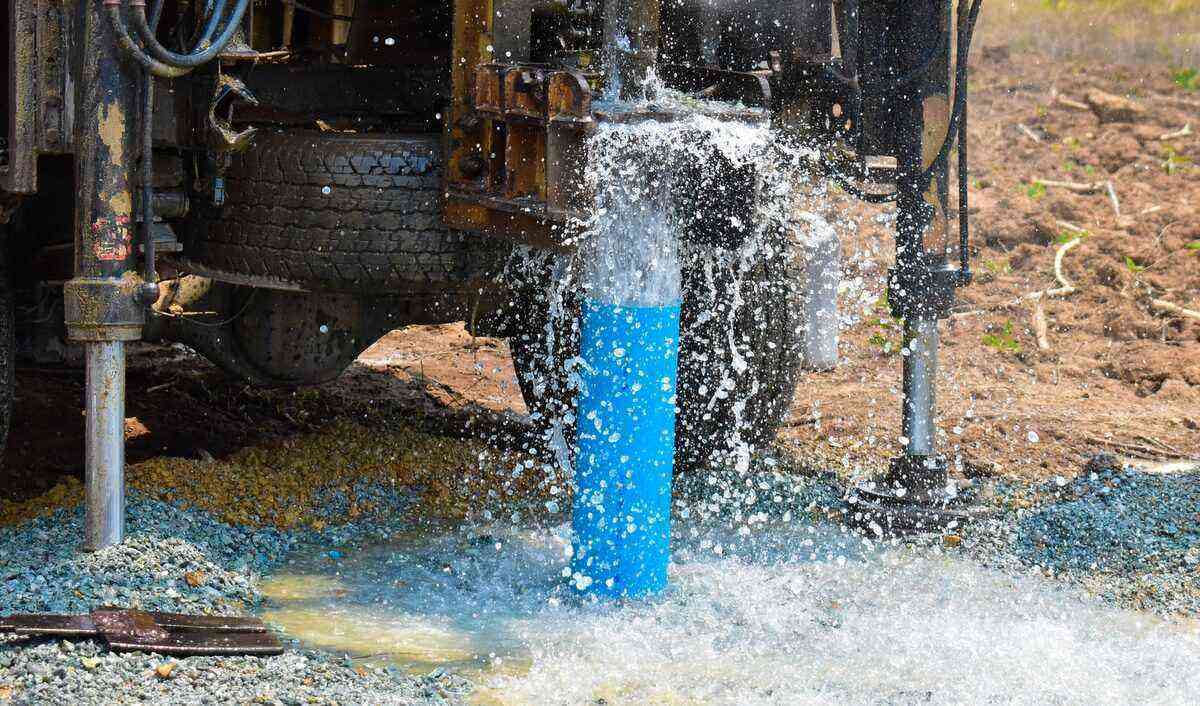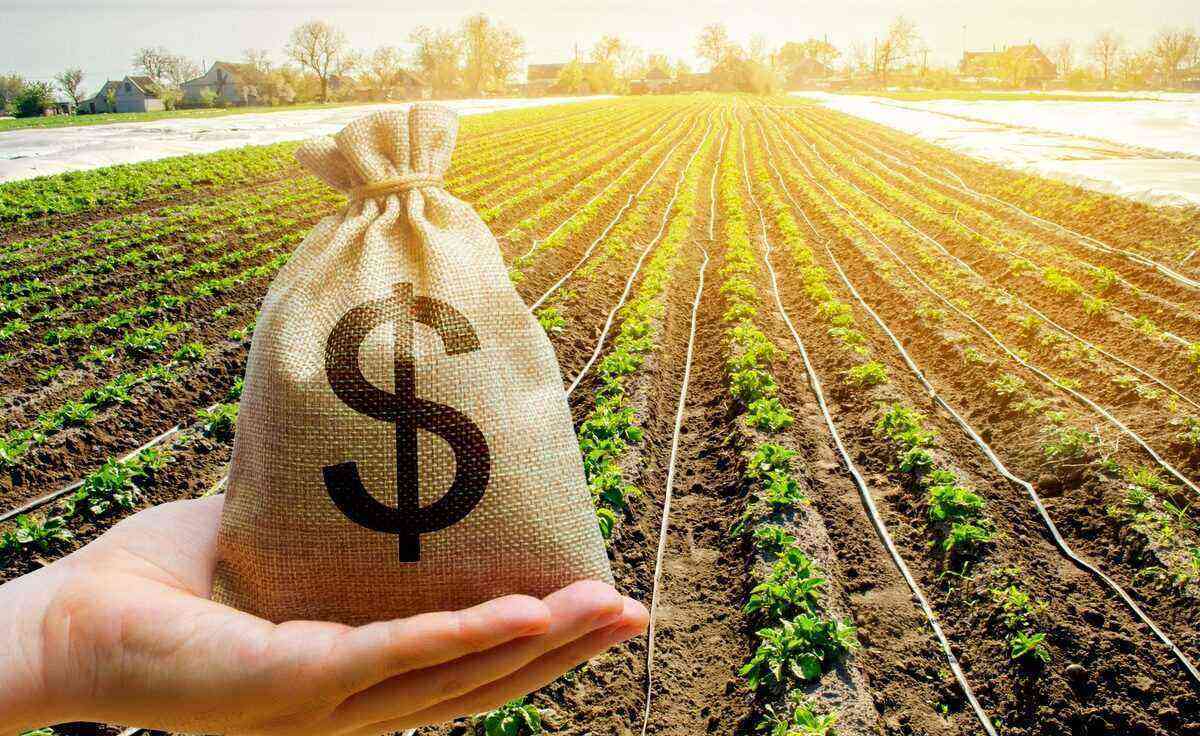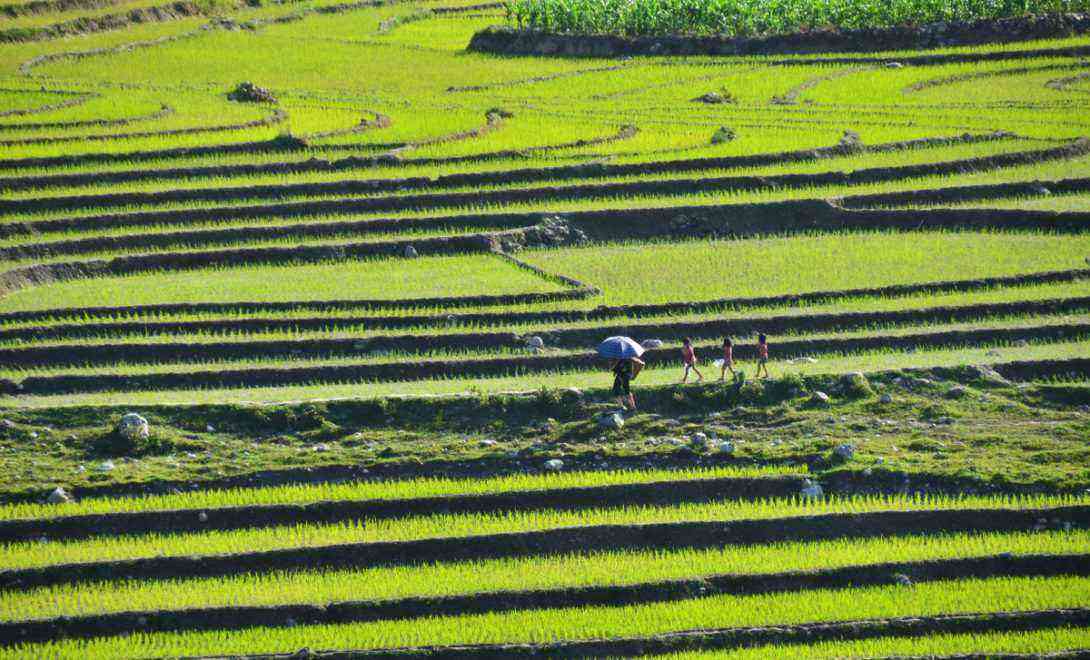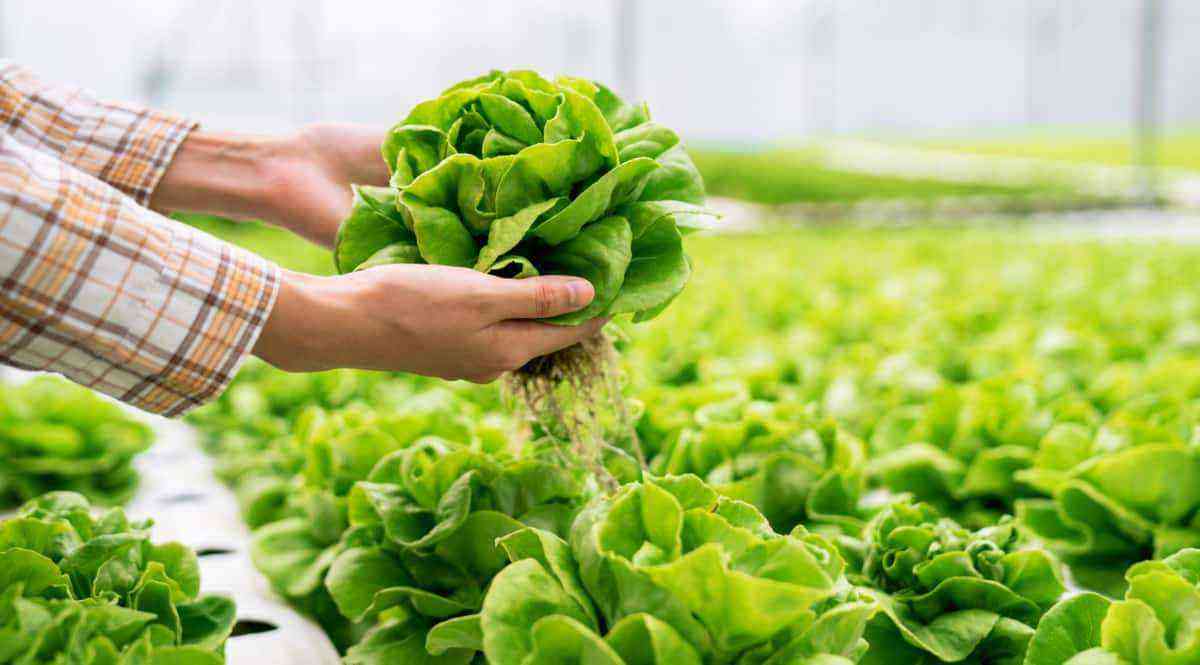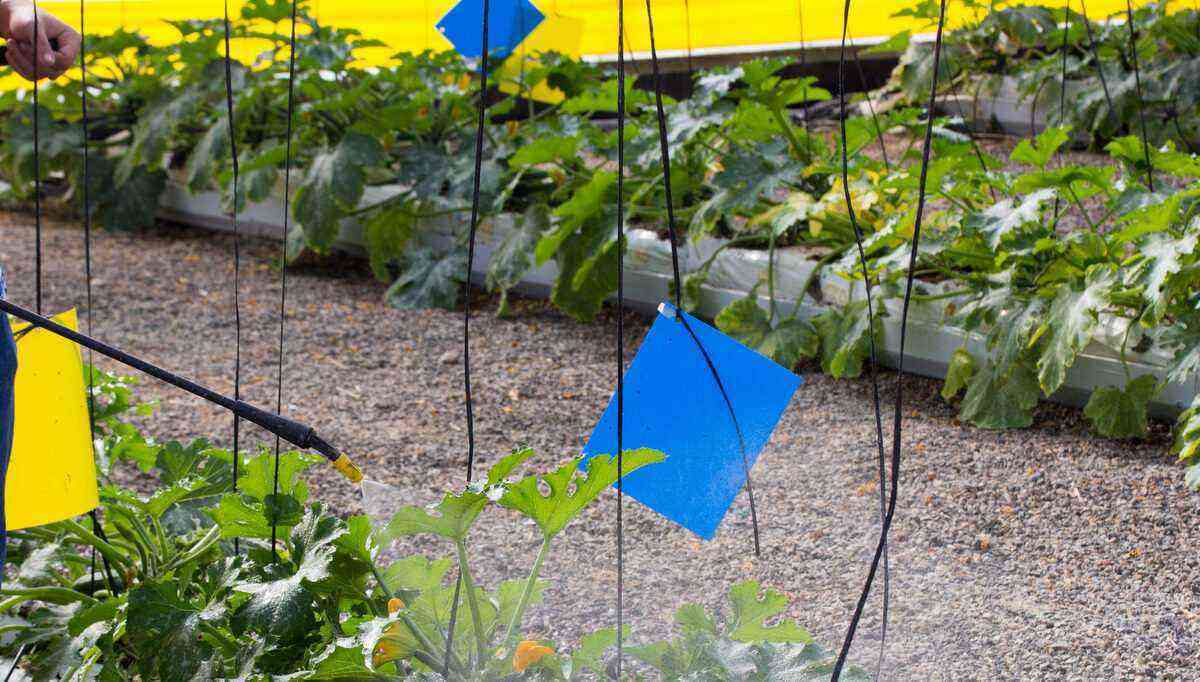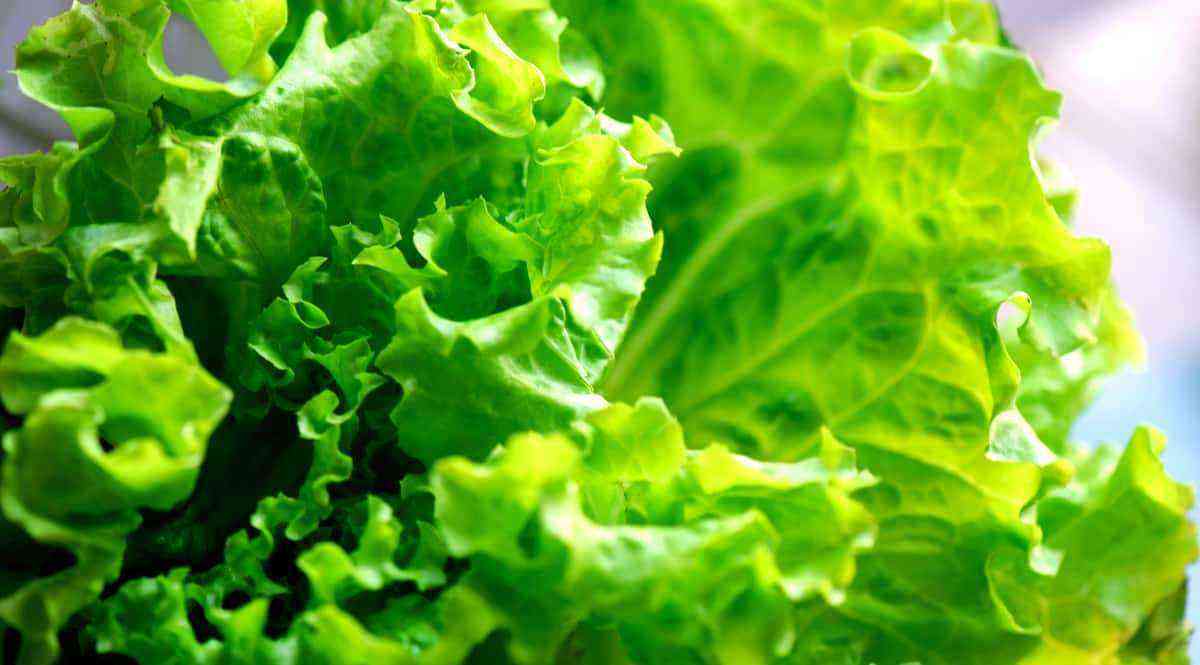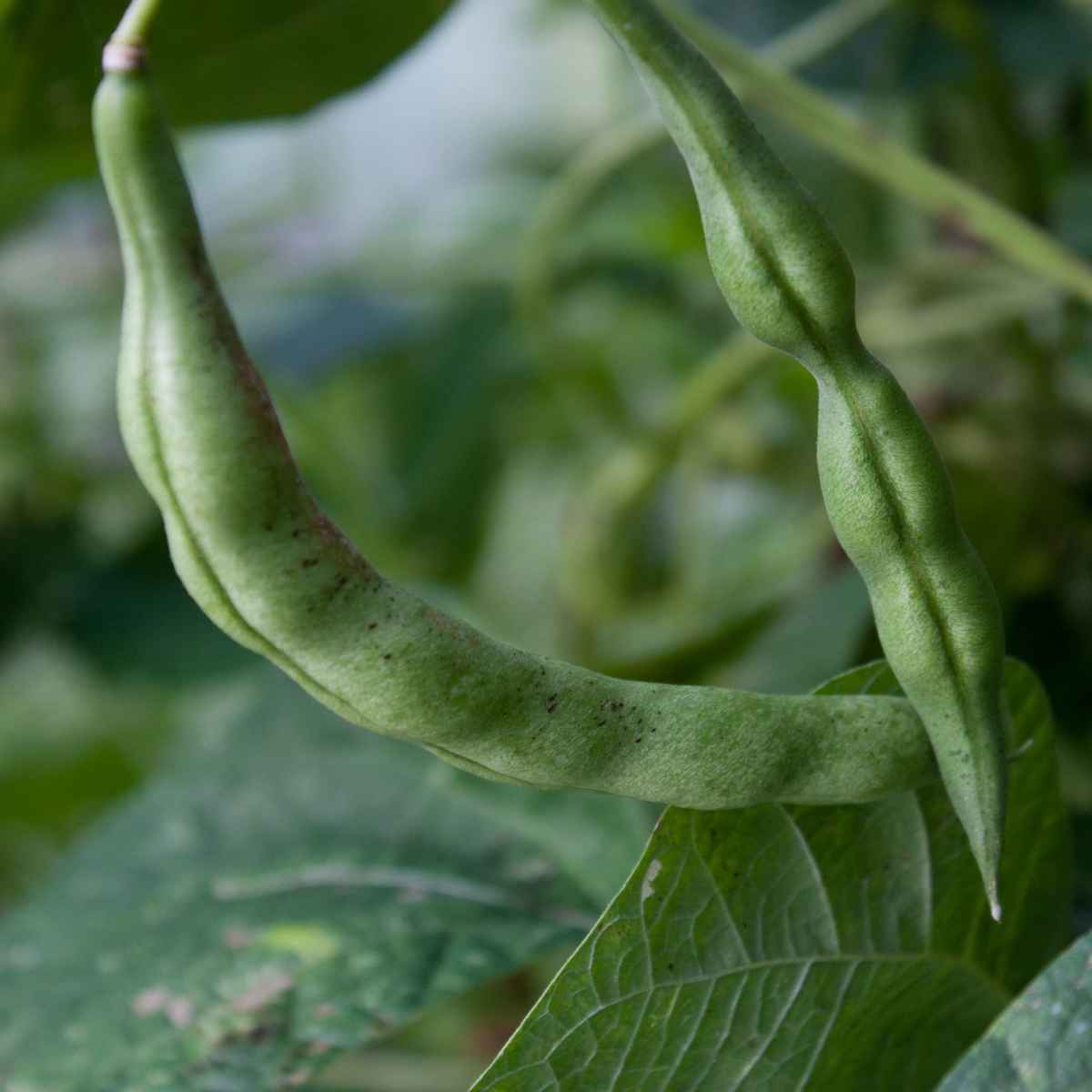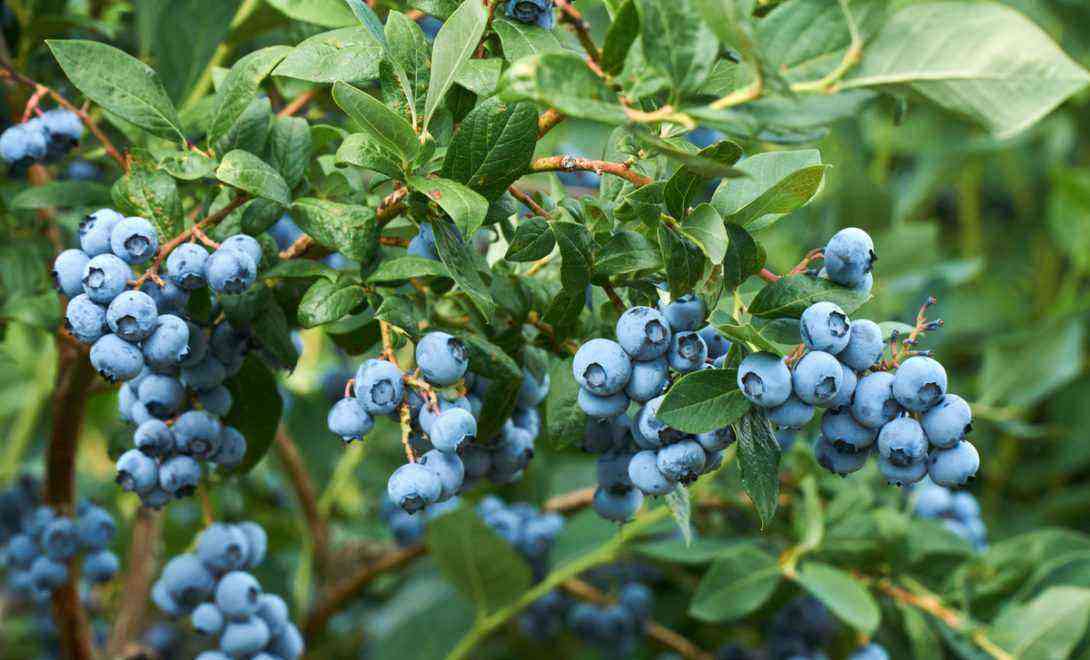Currently, Brazil has gone through some difficulties in garlic production, as competing countries tend to underprice prices. Even so, Brazilian production remains high and the area under cultivation has even increased a little.
Today, garlic is planted on 12 hectares. About three years ago, the area was 10 thousand hectares, a growth considered small for a consumer market that has a much greater demand, as we will see later in this article.
In Brazil, the region that produces the most garlic is Minas Gerais, which uses around 4,5 hectares of plantations. Then comes Goiás with 2,5 hectares, Santa Catarina and Rio Grande do Sul, each with 1,8 hectares.

Garlic production in Brazil is not enough to meet national demand.
The current Brazilian crop is around 14 million boxes of garlic. But, it is not enough to supply the domestic market, which is approximately 30 million boxes/year. Therefore, the country needs to import the rest, mainly from China, Argentina and Spain.
This is where the competition considered “unfair” by Brazilian producers would take place, due to the under-invoicing of prices, as we mentioned at the beginning of this article. In China, for example, the government gives subsidies to producers who, therefore, are able to sell cheaper.
However, studies show that purple garlic produced in Brazil is of higher quality than other varieties, as it has more consistency than white garlic, for example, which is imported from China and widely consumed by Brazilians.
According to the National Association of Garlic Producers, the Brazilian product is far superior to the Chinese competitor. In addition to consistency, it has greater pungency, that is, up to five cloves of Chinese garlic are needed to reach the quality of a clove of purple garlic produced in our country.
Use of garlic in Brazil
Basically, garlic is an herbaceous plant of vegetative propagation, belonging to the Alliacea family. When grown under ideal conditions, this plant tends to cause the stem buds to develop, each forming a bulbil, that is, “tooth” that together form the bulb, or head.
Garlic is widely used for various seasonings in Brazil. An interesting point is its nutritional value, formed by:
- Proteins
- Carboidratos
- Phosphorus
- Thiamine (B1)
- Vitamin B6
Another use of garlic is in natural medicine, as it is possible to find several “recipes” in which the condiment is used for health problems. Check out some of its medicinal properties:
- Analgesic
- Anti-inflammatory
- Antiseptic
- antibacterial
- antifungal
- Antiviral
There are other proven medicinal benefits, which are also often spread by older people. Garlic can be indicated, for example, to combat hypertension, in addition to collaborating with cholesterol reduction.
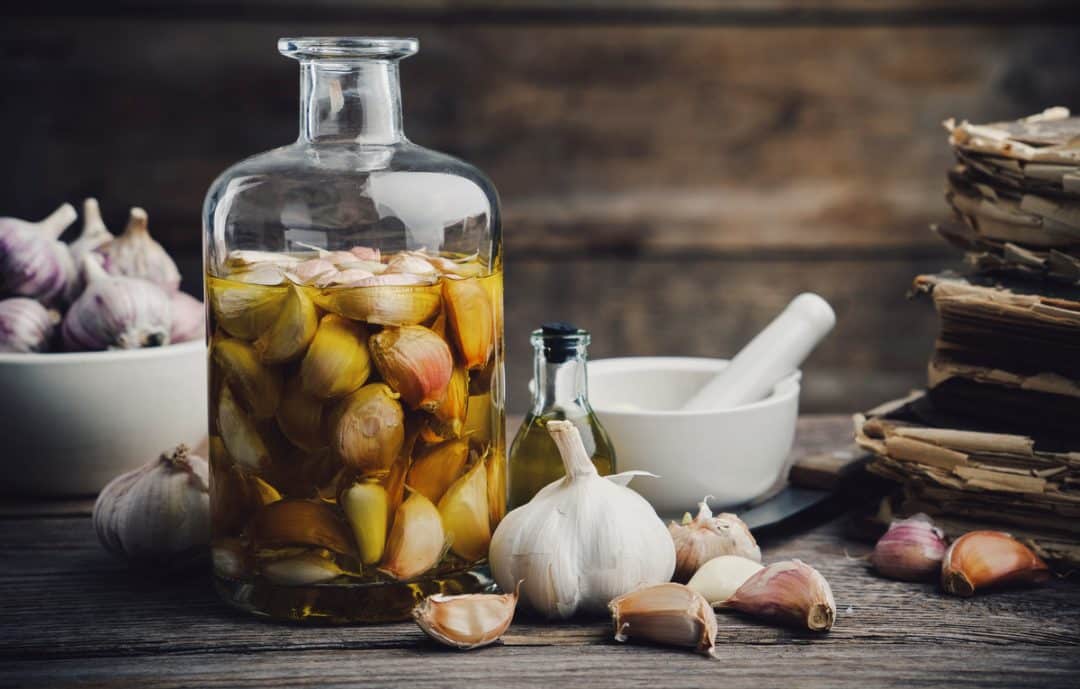
In addition to being much appreciated in cooking, garlic is used in natural medicine.
Start of cultivation
There is no proven date when the “garlic foot” began to be cultivated, however, some studies show that it may have existed for more than 6 thousand years and would be of Asian origin.
In Brazil, the indication is that garlic arrived through Cabral’s caravels, in the discovery of Brazil, as it would be one of the food of the crews.
Even with its arrival so long ago, garlic has only become grown on a large scale after more than five centuries. In the beginning, its use was extremely homemade and for medicinal purposes.
Factors used by Brazil for current production
To ensure a quality production, it is necessary to pay attention to the following points:
1. Fotoperiodo
Garlic has a fixed time for its cultivation and this depends on each region of the country. For example: in the state of São Paulo, the ideal period for planting is from March to June. In places without vernalization, which is a technology that subjects the plant’s seed to artificial cold so that it can produce a bulb when dropped into the ground, cultivation can take place between March and April.
2. Temperature
The ideal temperature is 10 °C to 20 °C.
Did you like this article? See also: Onion: discover everything about this vegetable.
Also check out garlic ads throughout Brazil on our marketplace platform.
